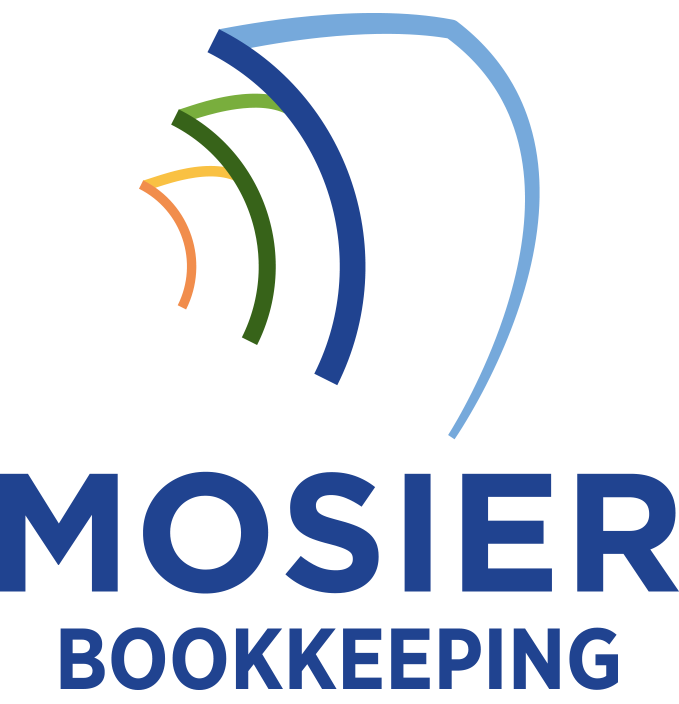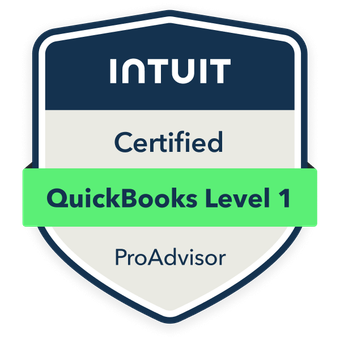Managing remote team payroll requires a robust global payroll platform that handles multi-currency payments, automated tax calculations, and compliance across jurisdictions. I recommend establishing fixed payment schedules that account for international banking hours and implementing secure documentation systems with strict access controls. You’ll need to navigate tax treaties, monitor VAT thresholds, and maintain detailed audit trails. A thorough understanding of these core elements will open the door to successful remote payroll management.
Choose the Right Global Payroll Software Platform

Selecting a global payroll software platform sets the foundation for efficiently managing remote teams across borders. I recommend evaluating platforms based on multi-currency functionality, automated tax calculations, and compliance frameworks for each jurisdiction where you employ talent.
Key features I prioritize include real-time reporting dashboards, seamless integrations with HR systems, and built-in compliance updates. Your platform must handle contractor payments, benefits administration, and time tracking across time zones. I guarantee the software provides robust security protocols, audit trails, and role-based access control. Cost scalability and 24/7 technical support availability are non-negotiable requirements.
Establish Clear Payment Schedules and Processing Protocols
Once you’ve implemented your payroll software platform, establishing standardized payment schedules becomes your next priority. I recommend setting fixed pay dates that accommodate different time zones and banking hours across your remote team’s locations. You’ll need to account for international bank processing times, which can range from 1-5 business days.
Create a systematic protocol that includes payment approval workflows, currency conversion checkpoints, and compliance verification steps. Define clear deadlines for timesheet submissions and expense reports. Implement a notification system to alert team members about upcoming payroll runs and any required actions to guarantee timely processing.
Navigate International Tax Compliance and Regulations

I’d like to explain why understanding cross-border tax laws is critical when managing international remote teams. As your workforce spans multiple countries, you’ll need to track and comply with each jurisdiction’s unique tax requirements, including income tax withholding, social security contributions, and local labor laws. My experience shows that maintaining accurate documentation of tax residency status and establishing clear protocols for tax reporting in each jurisdiction will help you avoid costly penalties and guarantee compliance.
Understanding Cross-Border Tax Laws
Managing payroll for international remote teams requires traversing complex cross-border tax laws and staying compliant with multiple jurisdictions. I’ll help you understand key considerations across borders.
| Tax Component | Compliance Requirement |
|---|---|
| Permanent Establishment | Determine if remote work triggers tax presence |
| Income Tax Treaties | Apply relevant bilateral agreements |
| Social Security | Navigate totalization agreements |
| Value Added Tax (VAT) | Monitor registration thresholds |
| Withholding Rules | Calculate correct rates per jurisdiction |
I recommend tracking each employee’s tax residency status, maintaining documentation of their physical presence, and implementing systems to monitor regulatory changes. You’ll need to assess double taxation risks and guarantee proper reporting across all relevant jurisdictions.
Navigating Multiple Tax Jurisdictions
When remote teams span multiple countries, businesses face intricate challenges in tax compliance across jurisdictions. I recommend establishing a robust system to track where each employee resides and works, as this determines their tax obligations. You’ll need to monitor permanent establishment risks and guarantee conformity with local tax treaties.
I advise implementing automated solutions that calculate withholding requirements for each jurisdiction. You must maintain detailed records of tax residency certificates and documentation for cross-border payments. Partner with local tax experts in each country to stay current on changing regulations and evade costly penalties from non-compliance.
Implement Secure Documentation and Record-Keeping Systems
Secure documentation and record-keeping form the backbone of effective remote payroll management. I recommend implementing a cloud-based system with end-to-end encryption to store W-4s, I-9s, and tax documentation. You’ll need to establish strict access controls and audit trails to track who views or modifies records.
I’ve found that automating document retention schedules ensures compliance with varying jurisdictional requirements. You should digitize all paper records and maintain redundant backups. Create a standardized filing system that separates active employees from terminated ones, and organize tax documents by year and jurisdiction. This systematic approach will protect you during audits and streamline your operations.
Set Up Multiple Payment Methods and Currency Management

With documentation systems in place, the next challenge lies in establishing reliable payment methods for your remote workforce. I recommend implementing multiple payment solutions to guarantee your team receives compensation regardless of their location. Set up partnerships with international banks, digital payment processors like Wise or PayPal, and cryptocurrency platforms if applicable.
I’ve found that successful currency management requires three key components: real-time exchange rate monitoring, strategic timing of transfers to minimize fees, and clear documentation of conversion rates used for each payment. Consider using specialized payroll platforms that automate currency conversions and provide built-in compliance safeguards for international transactions.
Create Standardized Policies for Time Tracking and Overtime
Every remote team needs clear time tracking and overtime policies to maintain accountability and safeguard fair compensation. I recommend implementing standardized procedures that specify when and how employees should log their hours across different time zones. This upholds accurate payment processing and helps track productivity metrics.
- Define specific overtime thresholds and approval processes, including how premium pay rates apply to different worker classifications
- Choose time-tracking software that integrates with your payroll system and provides automated alerts for overtime limits
- Establish clear guidelines for breaks, billable hours, and how to handle technical issues that affect time logging
I’ll help you enforce these policies consistently while maintaining compliance with local labor laws.









